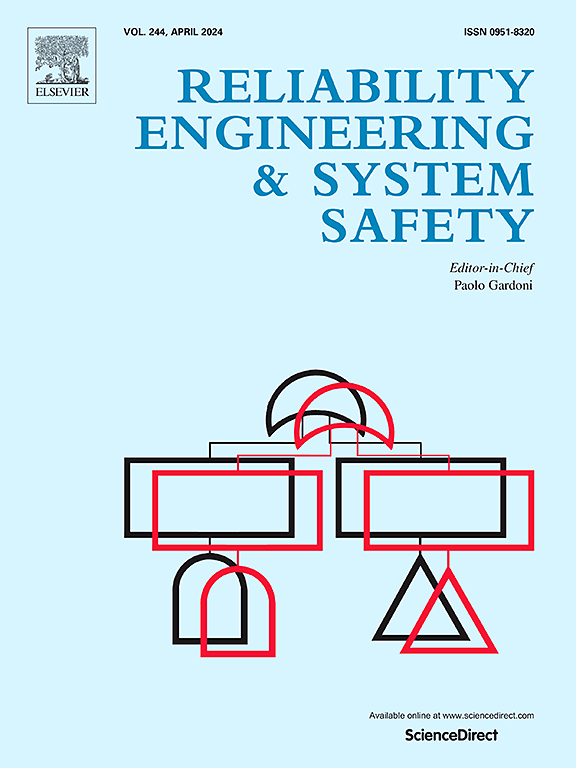Optimizing community post-earthquake emergency medical capability via mobile hospital configuration
IF 9.4
1区 工程技术
Q1 ENGINEERING, INDUSTRIAL
引用次数: 0
Abstract
Emergency medical capability is critical for communities to reduce casualties after earthquakes. In this research, a bi-level design optimization model for the configuration of mobile hospitals is developed to minimize both the post-earthquake transfer time of casualties from their residential areas to the mobile hospitals, and the within-hospital service time including mean queue waiting time and average processing time. The upper level of the model characterizes community officials’ decisions regarding possible mobile hospital configuration that consists of three decision variables: the location of mobile hospitals on candidate sites, their functional classes, and the number of attending physicians dispatched to them. The lower level model leverages the mixed user equilibrium traffic assignment to simulate the path selection behaviour of drivers transferring casualties with different injury heterogeneity under different information perceptions. Meanwhile, considering the uncertainty in the number of casualties and the post-earthquake damage state of bridges, a robust configuration model for the stochastic case is also established based on the robust optimization theory. To tackle the optimization model, an interactive solution approach combining the genetic algorithm and the modified mixed equilibrium assignment algorithm is presented. A demonstrative study is conducted on a middle-class city located in an earthquake-prone area.
通过移动医院配置优化社区震后应急医疗能力
紧急医疗能力对于社区在地震后减少伤亡至关重要。本文建立了一种双级优化设计模型,以最大限度地减少震后伤员从居民区转移到流动医院的时间,以及医院内服务时间(包括平均排队等待时间和平均处理时间)。模型的上层描述了社区官员关于可能的移动医院配置的决策,该决策由三个决策变量组成:候选站点上移动医院的位置、它们的功能类别和派往它们的主治医生的数量。下层模型利用混合用户均衡交通分配模型,模拟不同信息感知下不同伤害异质性下伤亡转移驾驶员的路径选择行为。同时,考虑到伤亡人数和桥梁震后破坏状态的不确定性,基于鲁棒优化理论建立了随机情况下的鲁棒配置模型。针对该优化模型,提出了一种结合遗传算法和改进混合均衡分配算法的交互求解方法。以位于地震多发地区的一个中产阶级城市为研究对象进行了实证研究。
本文章由计算机程序翻译,如有差异,请以英文原文为准。
求助全文
约1分钟内获得全文
求助全文
来源期刊

Reliability Engineering & System Safety
管理科学-工程:工业
CiteScore
15.20
自引率
39.50%
发文量
621
审稿时长
67 days
期刊介绍:
Elsevier publishes Reliability Engineering & System Safety in association with the European Safety and Reliability Association and the Safety Engineering and Risk Analysis Division. The international journal is devoted to developing and applying methods to enhance the safety and reliability of complex technological systems, like nuclear power plants, chemical plants, hazardous waste facilities, space systems, offshore and maritime systems, transportation systems, constructed infrastructure, and manufacturing plants. The journal normally publishes only articles that involve the analysis of substantive problems related to the reliability of complex systems or present techniques and/or theoretical results that have a discernable relationship to the solution of such problems. An important aim is to balance academic material and practical applications.
 求助内容:
求助内容: 应助结果提醒方式:
应助结果提醒方式:


